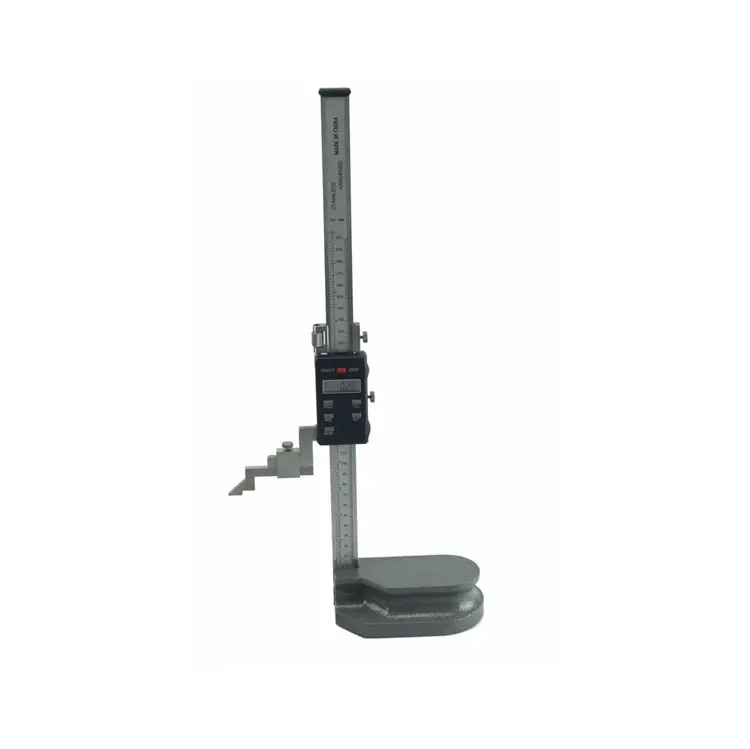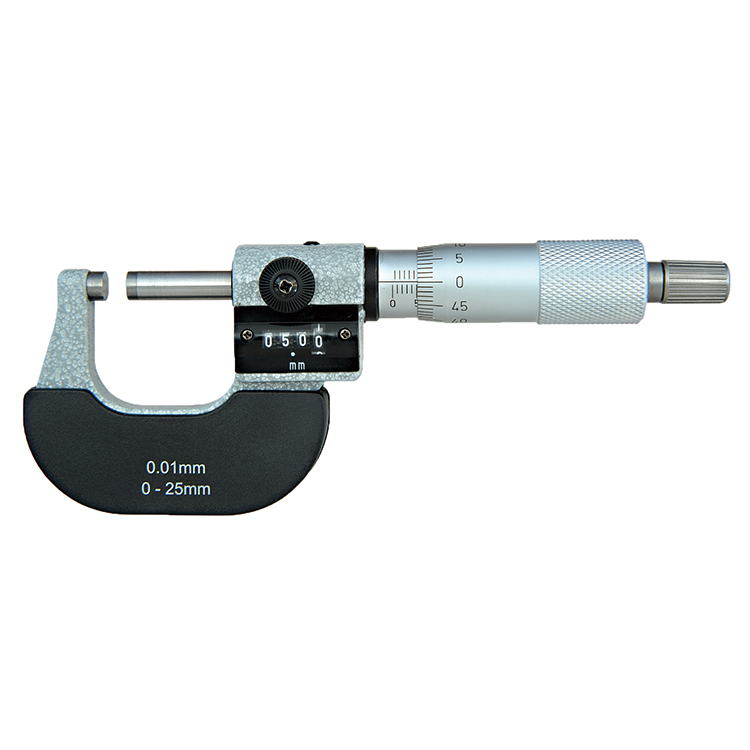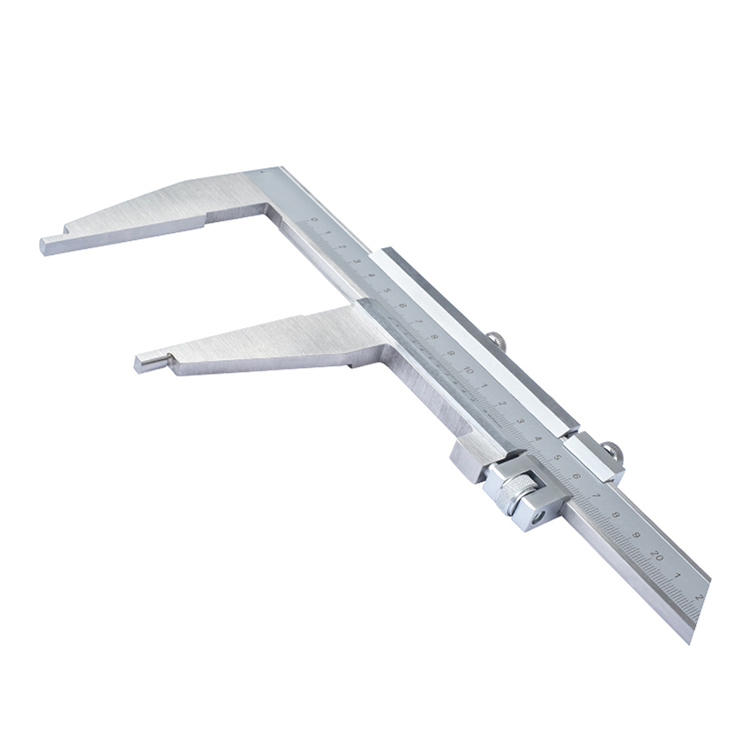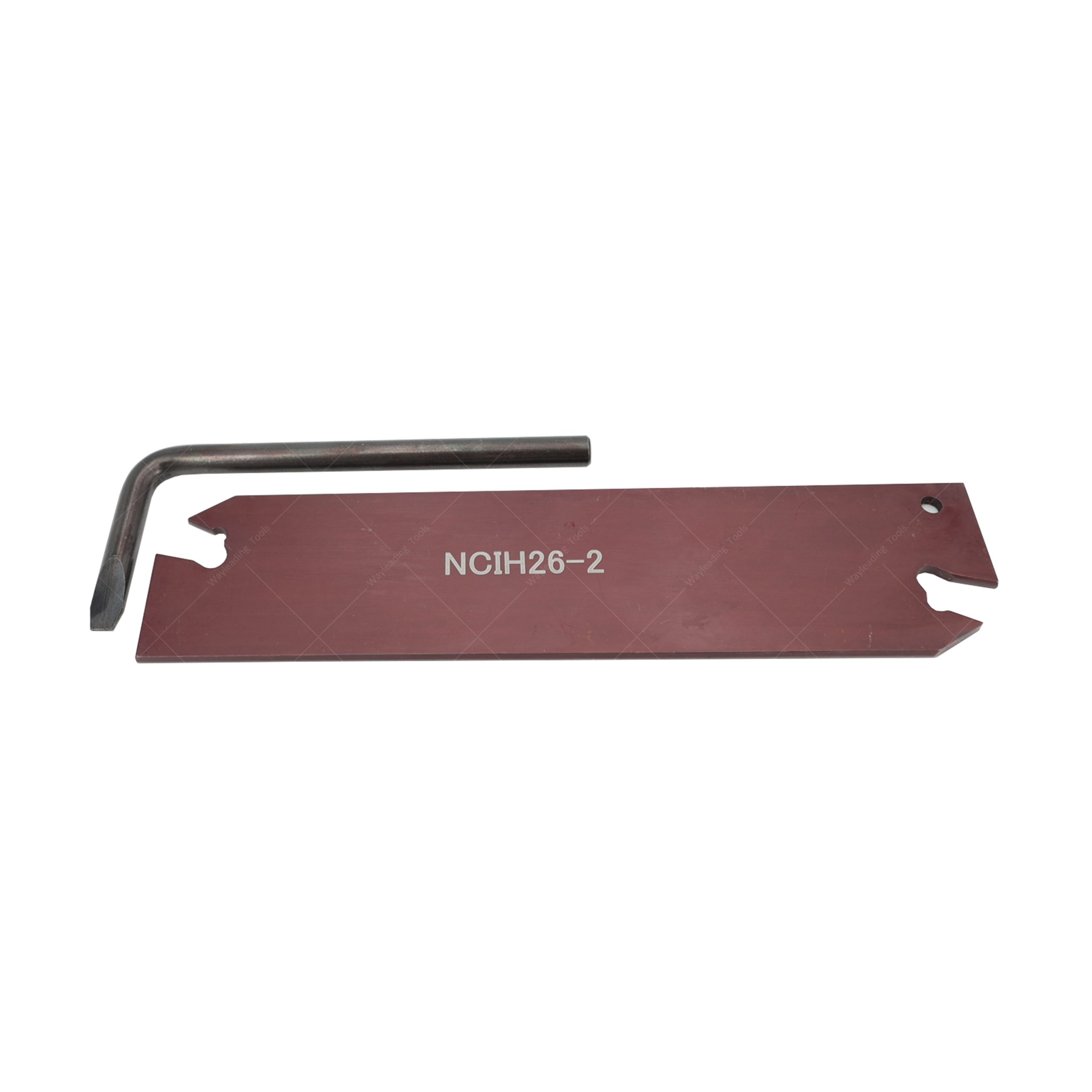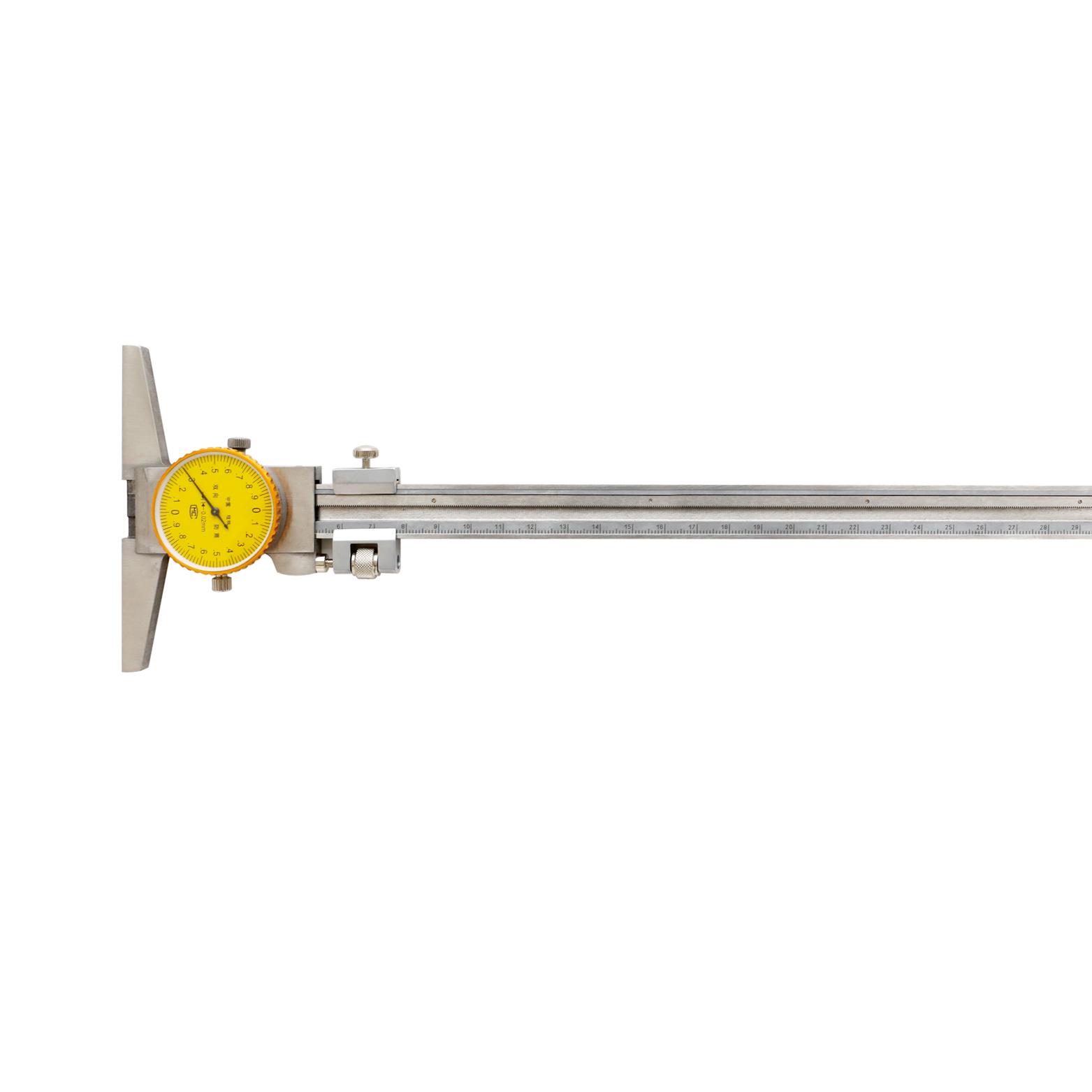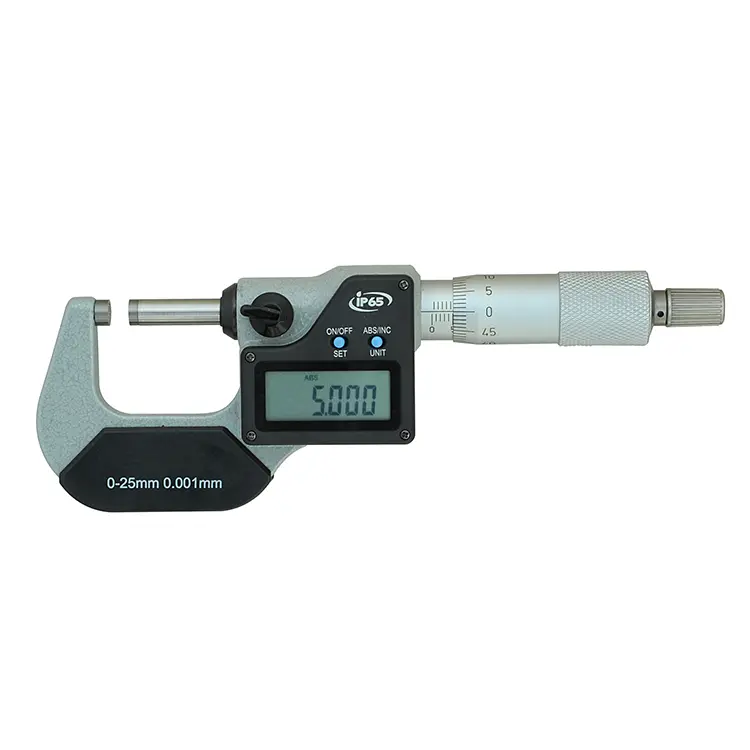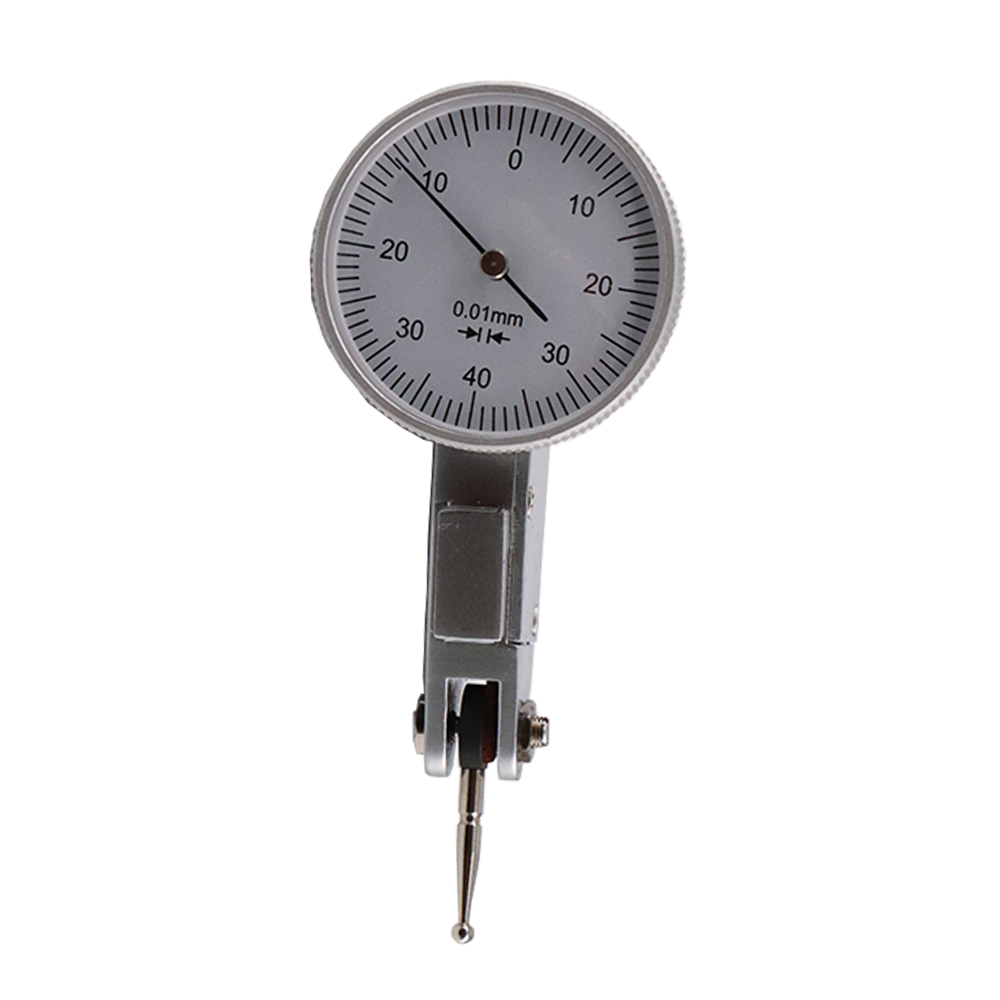Side Milling Cutter Factory
A side milling cutter factory specializes in manufacturing cutting tools designed for machining operations that require precise lateral cutting. They produce a variety of side milling cutters suitable for different materials and applications, ensuring efficient and accurate material removal. This guide explores the key factors to consider when choosing a side milling cutter factory and selecting the right tool for your needs.
Understanding Side Milling Cutters
What is a Side Milling Cutter?
A side milling cutter, also known as a slitting saw or slot cutter, is a type of rotary cutting tool primarily used for creating slots, grooves, and performing parting operations on workpieces. Unlike end mills, which cut primarily on their ends, side milling cutters cut on their periphery. This makes them ideal for applications where lateral material removal is required. Wayleading Tools offers a wide range of these cutters to meet diverse needs.
Types of Side Milling Cutters
Side milling cutters come in various designs and materials, each tailored for specific applications. Some common types include:
- High-Speed Steel (HSS) Cutters: Suitable for general-purpose milling of softer materials.
- Carbide Cutters: Offer higher hardness and wear resistance, ideal for machining harder materials and high-speed applications.
- Inserted Tooth Cutters: Feature replaceable cutting inserts, reducing downtime and maintenance costs.
- Staggered Tooth Cutters: Designed for efficient chip evacuation and reduced vibration during cutting.
Choosing the Right Side Milling Cutter Factory
Experience and Expertise
When selecting a side milling cutter factory, consider their experience and expertise in the field. A reputable factory will have a proven track record of producing high-quality tools that meet industry standards. Consider factories like Wayleading Tools, which have years of experience in manufacturing precision cutting tools. Their expertise translates to reliable and high-performing cutters.
Manufacturing Capabilities
Assess the factory's manufacturing capabilities, including their equipment, technology, and quality control processes. A well-equipped factory will have advanced CNC machines, grinding equipment, and inspection tools to ensure precise and consistent cutter dimensions. Look for factories that adhere to strict quality control standards, such as ISO 9001.
Material Selection and Quality
The quality of a side milling cutter depends heavily on the materials used in its construction. Ensure that the factory uses high-quality HSS, carbide, or other appropriate materials to manufacture their cutters. Request information about the material specifications and hardness ratings to ensure they meet your requirements. Material certificates are a good indicator of a factory's commitment to quality.
Customization Options
Many applications require custom side milling cutters with specific dimensions, tooth geometries, or coatings. Choose a factory that offers customization options and can work with you to design and manufacture cutters that meet your exact needs. Discuss your requirements with the factory's engineering team to ensure they can deliver a tailored solution.
Pricing and Lead Times
Compare pricing and lead times from different side milling cutter factories to ensure you are getting a competitive price and timely delivery. Request detailed quotes that include all costs, such as tooling charges, material costs, and shipping fees. Be wary of factories that offer significantly lower prices than their competitors, as this may indicate compromised quality or hidden costs.
Factors Affecting Side Milling Cutter Performance
Material Being Cut
The material you are cutting significantly influences the choice of side milling cutter. Softer materials like aluminum and plastic require cutters with sharper cutting edges and higher rake angles, while harder materials like steel and titanium require cutters with more robust construction and lower rake angles. Carbide cutters are generally preferred for harder materials due to their superior wear resistance.
Cutting Speed and Feed Rate
Optimal cutting speed and feed rate are crucial for achieving efficient and accurate milling. Higher cutting speeds and feed rates can reduce machining time, but they can also generate more heat and increase the risk of cutter wear. Consult the factory's recommendations for optimal cutting parameters based on the material being cut and the cutter type.
Coolant Usage
Using coolant during milling operations can help to reduce heat, improve chip evacuation, and extend cutter life. Choose a coolant that is appropriate for the material being cut and the cutter type. Apply the coolant directly to the cutting zone to ensure effective cooling and lubrication.
Cutter Maintenance
Proper maintenance is essential for maximizing the life and performance of side milling cutters. Regularly inspect the cutters for wear, damage, or dull cutting edges. Sharpen or replace cutters as needed to maintain optimal cutting performance. Store cutters in a clean and dry environment to prevent corrosion and damage.
Troubleshooting Common Side Milling Problems
Chatter
Chatter is a common problem in milling operations, characterized by excessive vibration and noise. It can result in poor surface finish, inaccurate dimensions, and premature cutter wear. To reduce chatter, try reducing cutting speed, increasing feed rate, using a more rigid setup, or using a cutter with a staggered tooth design.
Chip Evacuation
Poor chip evacuation can lead to overheating, recutting of chips, and reduced cutter life. Ensure that the cutting zone is properly flooded with coolant to remove chips effectively. Use a cutter with a chip breaker or a staggered tooth design to facilitate chip evacuation.
Cutter Wear
Cutter wear is inevitable over time, but it can be minimized by using appropriate cutting parameters, coolant, and maintenance practices. Regularly inspect cutters for wear and replace them as needed. Consider using a cutter with a wear-resistant coating, such as TiAlN, to extend its life.
Side Milling Cutter Application Examples
Slotting Operations
Side milling cutters are commonly used for creating slots in various materials. The width of the cutter determines the width of the slot. For deeper slots, multiple passes may be required to avoid excessive stress on the cutter.
Parting Operations
Side milling cutters can also be used for parting operations, where a workpiece is cut into two or more pieces. Choose a cutter with sufficient diameter and thickness to cut through the entire workpiece.
Grooving Operations
Grooving operations involve creating grooves or channels on the surface of a workpiece. Side milling cutters are ideal for creating precise and consistent grooves with smooth sidewalls.
Choosing the Right Coating
Coatings are applied to side milling cutters to enhance their performance and longevity. Here's a breakdown of common coatings:
| Coating Type | Benefits | Typical Applications |
|---|---|---|
| TiN (Titanium Nitride) | Increased hardness, improved wear resistance, good general-purpose coating. | General machining of steels, cast iron. |
| TiCN (Titanium Carbonitride) | Higher hardness and wear resistance than TiN, better abrasive wear protection. | Machining of abrasive materials, high-speed machining. |
| TiAlN (Titanium Aluminum Nitride) | Excellent heat resistance, allows for higher cutting speeds, good for dry machining. | High-speed machining of steels, stainless steels, and cast iron. |
| CrN (Chromium Nitride) | Good for non-ferrous materials, reduces built-up edge. | Machining of aluminum, copper, and plastics. |
Conclusion
Selecting the right side milling cutter factory and choosing the appropriate cutter for your application are critical for achieving efficient and accurate machining results. By considering factors such as experience, manufacturing capabilities, material quality, customization options, and pricing, you can find a reliable partner to provide you with high-quality cutting tools. Remember to follow best practices for cutting parameters, coolant usage, and cutter maintenance to maximize the life and performance of your side milling cutters. For high-quality cutters and expert advice, contact a reputable manufacturer like Wayleading Tools.
Related products
Related products
Best selling products
Best selling products-
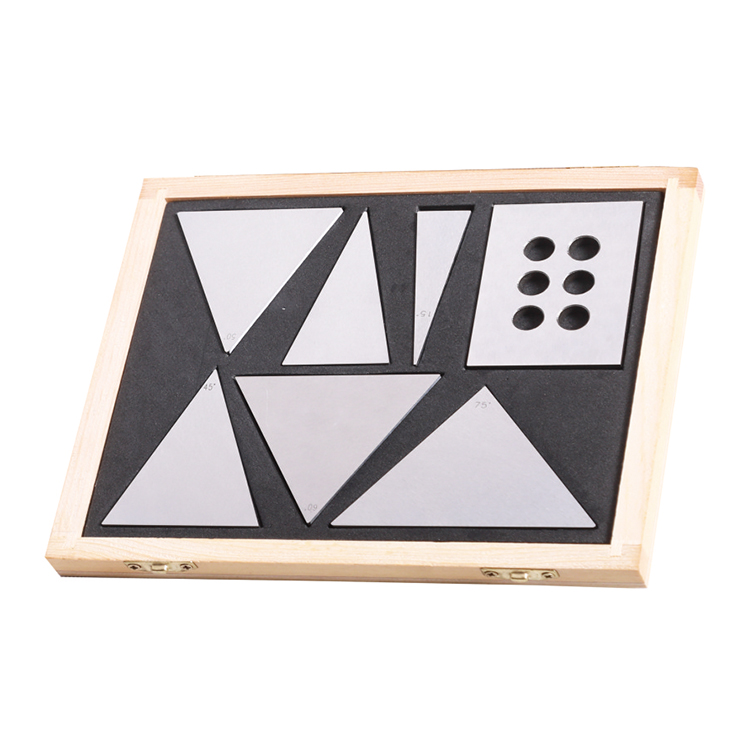 Precision 7pcs Angle Blocks Set With High Quality Type
Precision 7pcs Angle Blocks Set With High Quality Type -
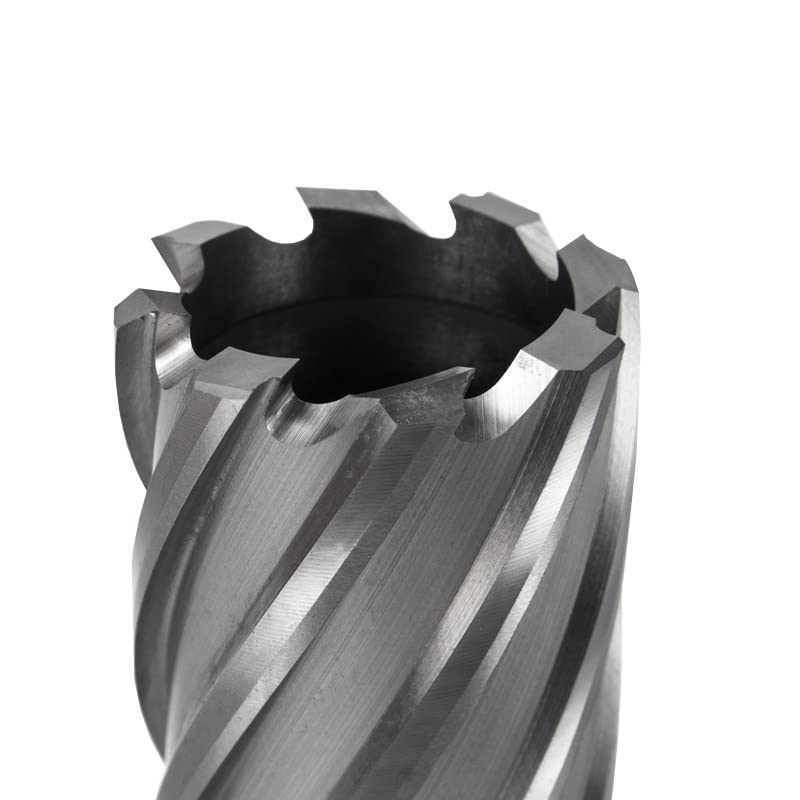 HSS Annular Cutters With Weldon Shank For Metal Cutting
HSS Annular Cutters With Weldon Shank For Metal Cutting -
 HSS Inch Screw Slotting Saws For Industrial With Bright Or TiN Coated
HSS Inch Screw Slotting Saws For Industrial With Bright Or TiN Coated -
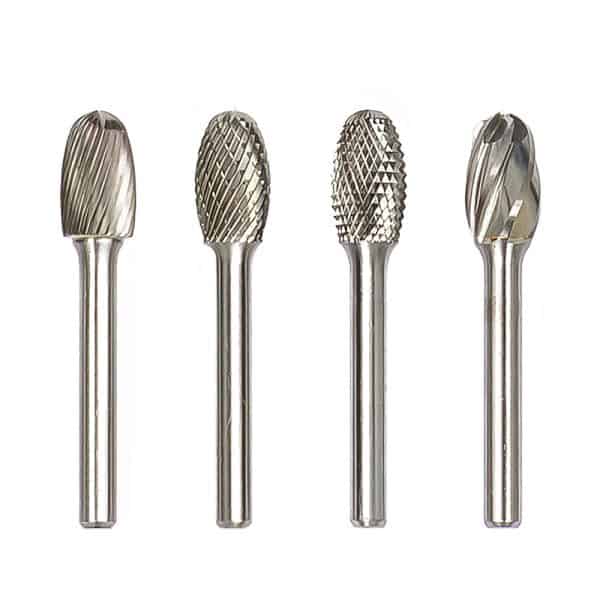 Type E Oval Tungsten Carbide Rotary Burr
Type E Oval Tungsten Carbide Rotary Burr -
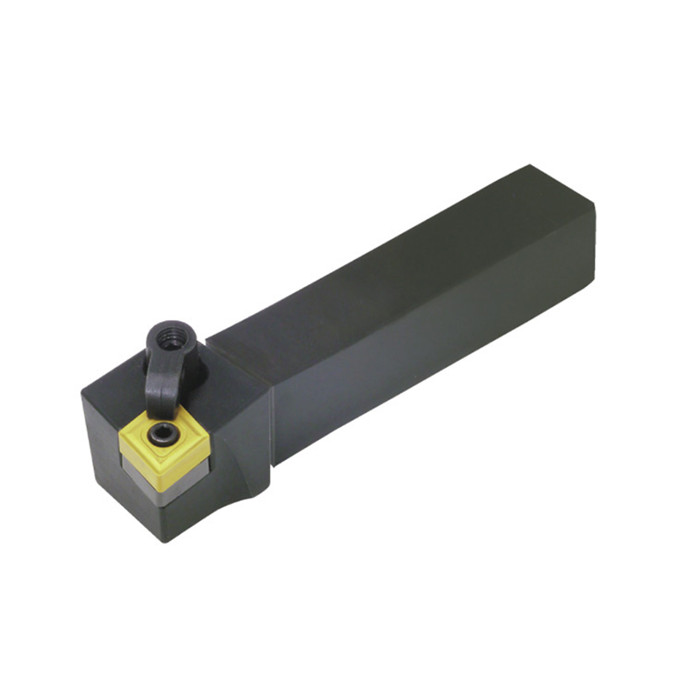 MCLN Indexable Turning Tool Holder With Right And Left Hand
MCLN Indexable Turning Tool Holder With Right And Left Hand -
 Inch HSS Step Drills with Straight Flute
Inch HSS Step Drills with Straight Flute -
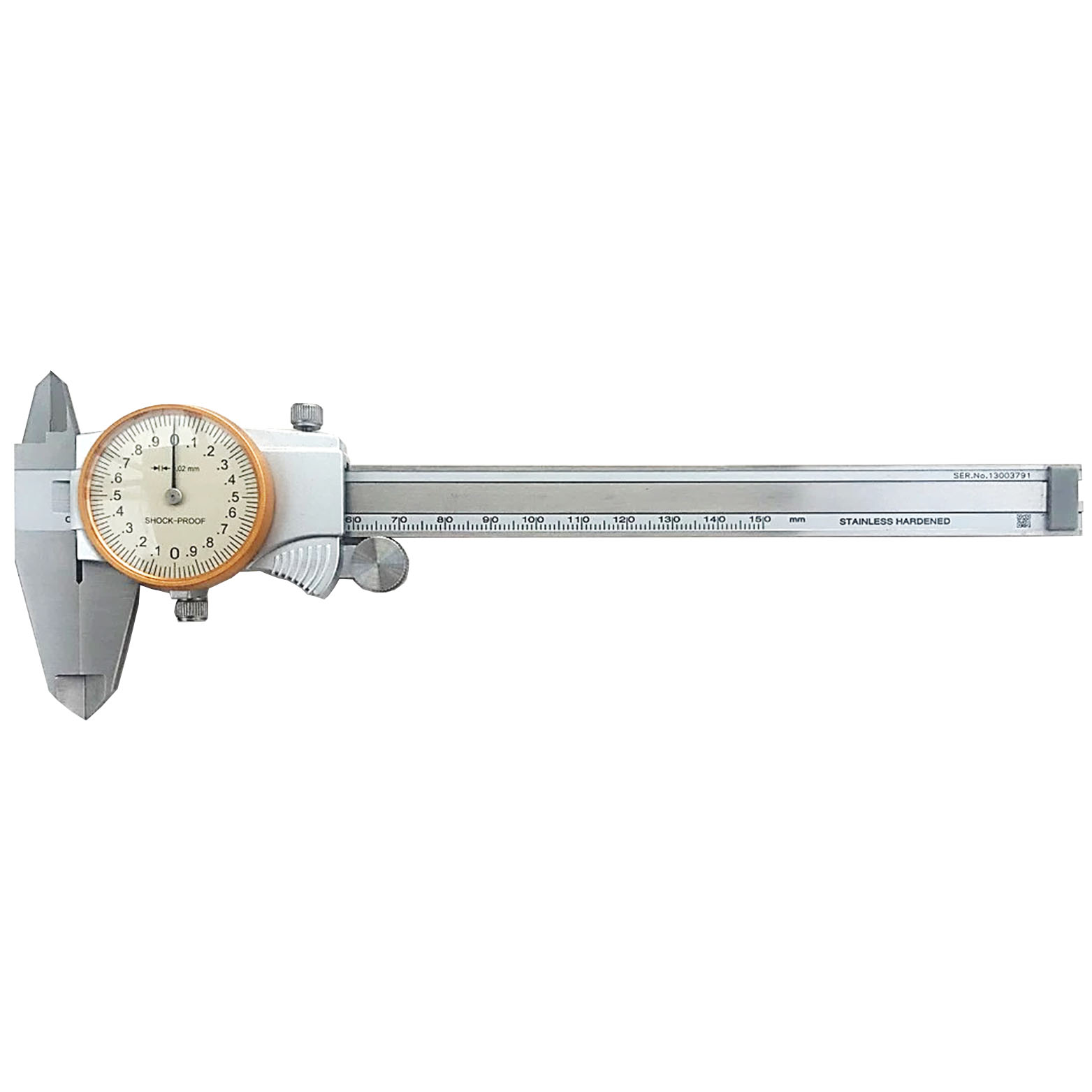 Precision Dial Caliper Of Double Shock-Proof For Industrial
Precision Dial Caliper Of Double Shock-Proof For Industrial -
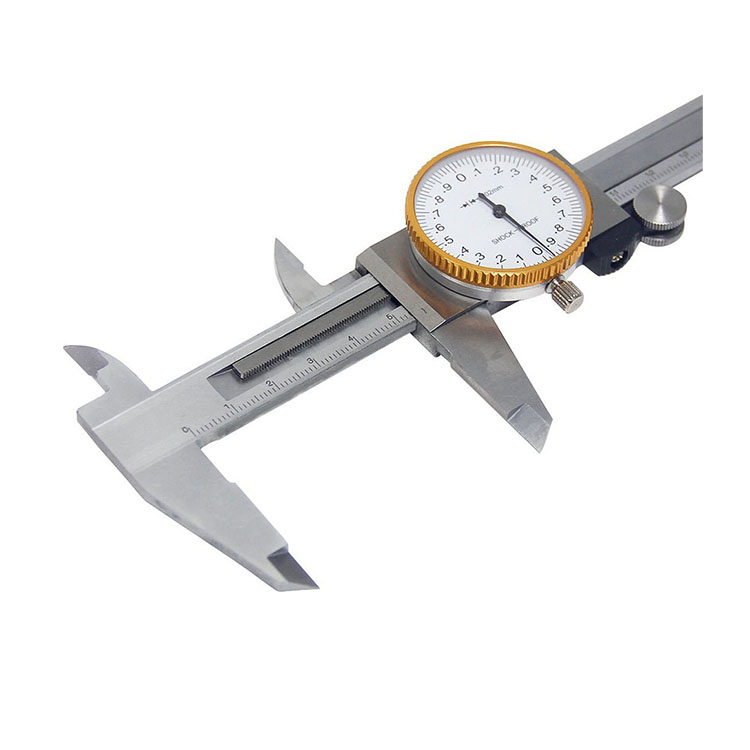 Precision Dial Caliper Of Metric & Imperial For Industrial
Precision Dial Caliper Of Metric & Imperial For Industrial -
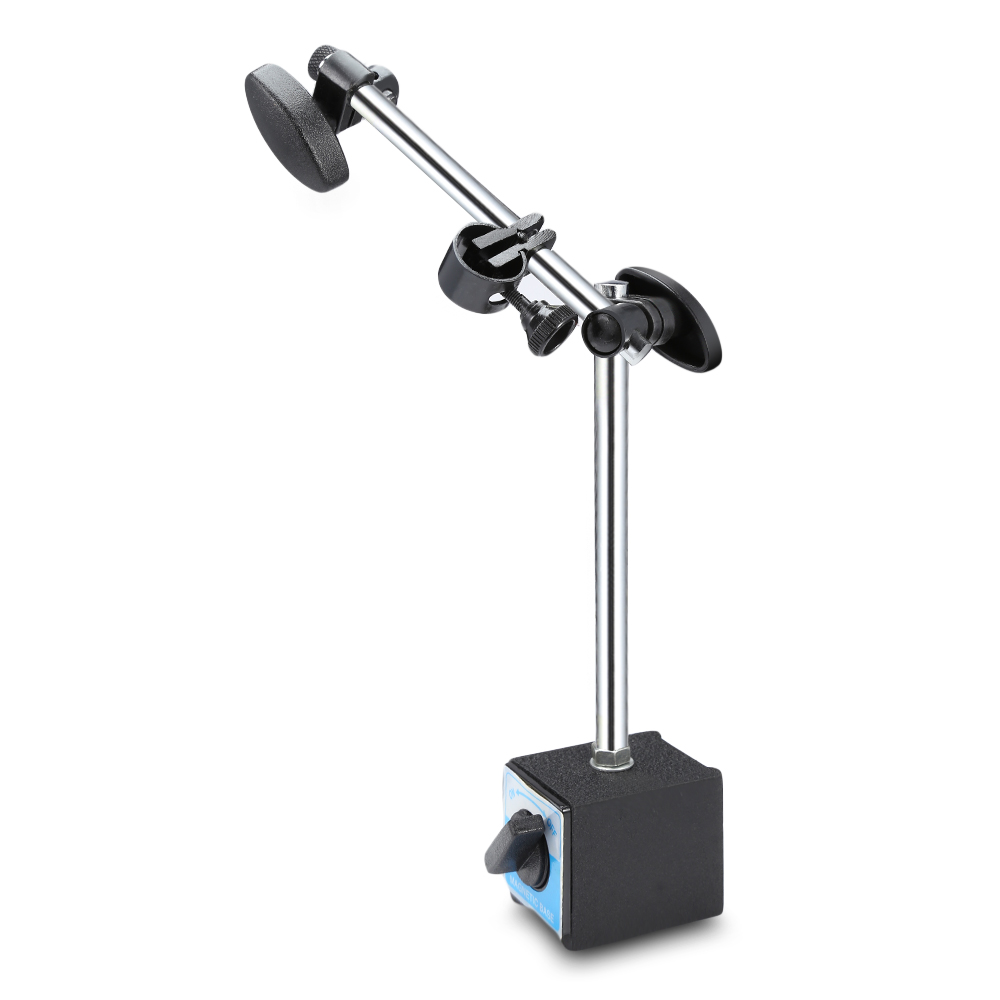 Precision Magnetic Base With Fine Adjustment For Dial Indicator
Precision Magnetic Base With Fine Adjustment For Dial Indicator -
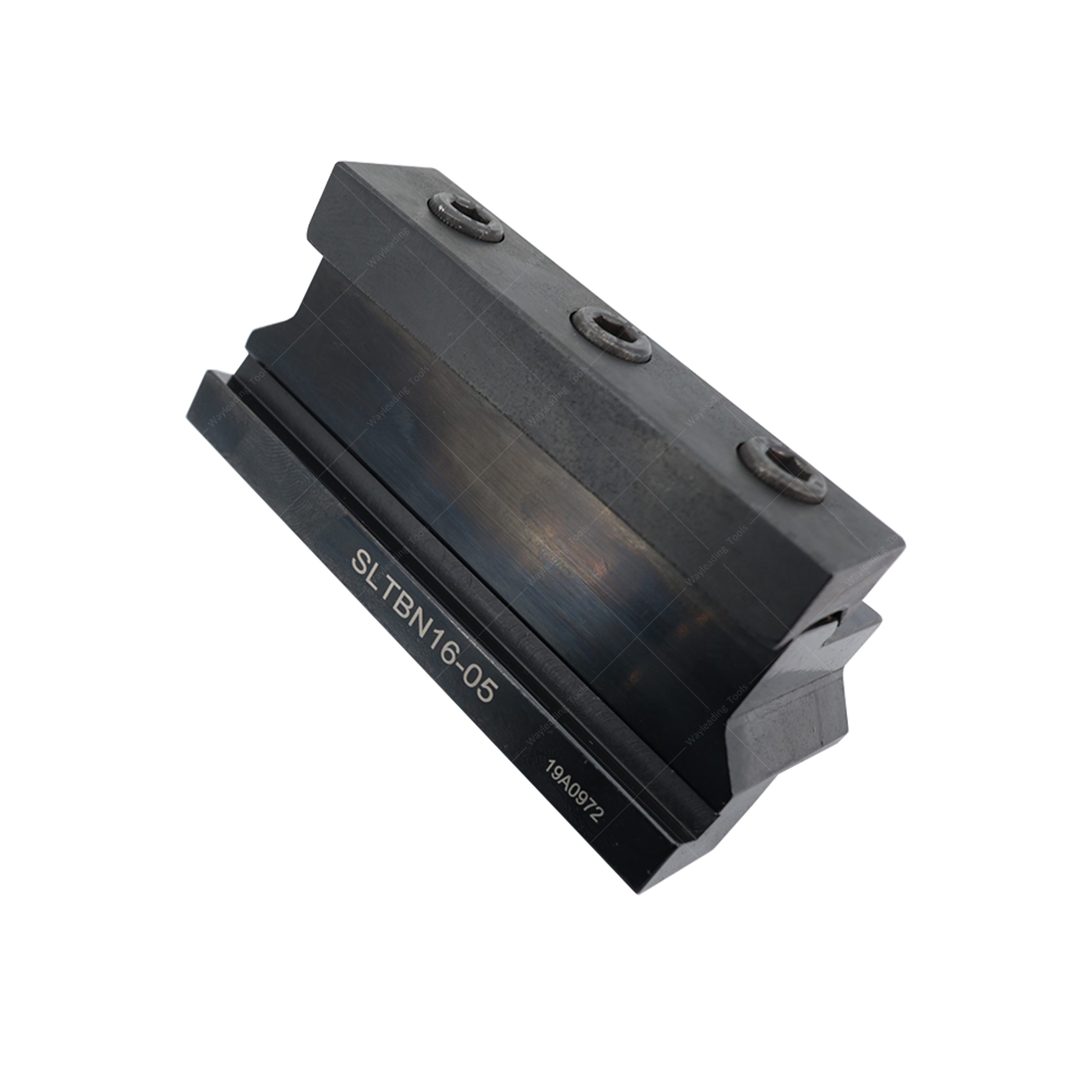 Parting & Grooving Tool Block For NCIH Blades
Parting & Grooving Tool Block For NCIH Blades -
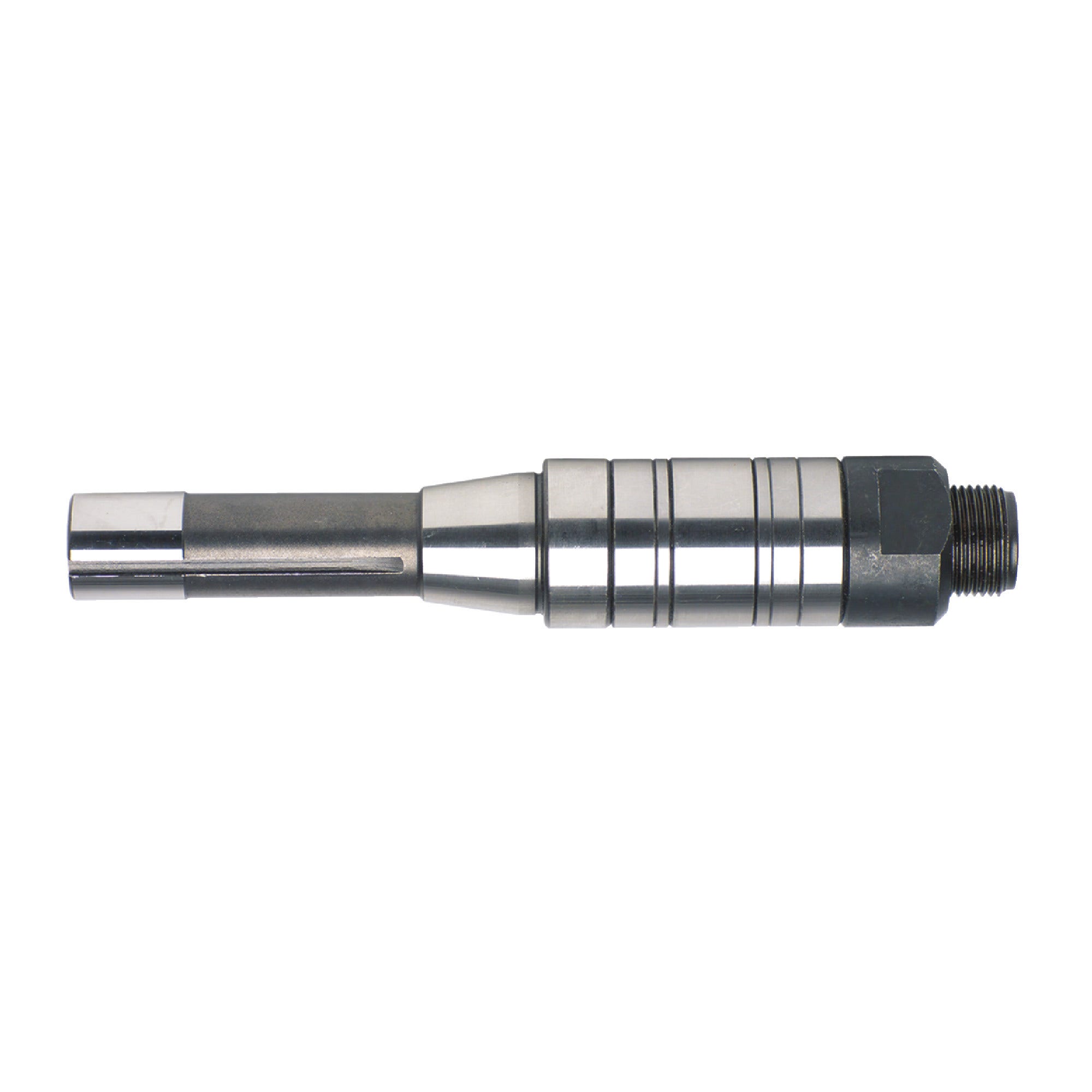 Stub Milling Machine Arbor With NT, R8 and MT Shank
Stub Milling Machine Arbor With NT, R8 and MT Shank -
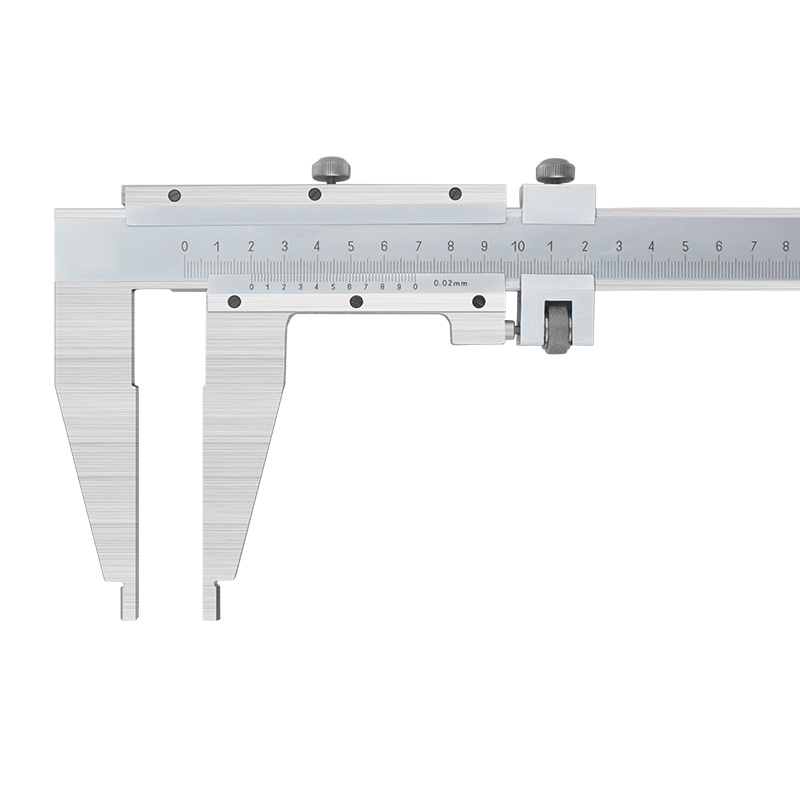 Precision Vernier Caliper With Nib Style Jaws Of Metric & Imperial For Industrial
Precision Vernier Caliper With Nib Style Jaws Of Metric & Imperial For Industrial
Related search
Related search- MSKN turning tool holder Suppliers
- Indexable Turning Tool Holder Manufacturers
- 5c collet block Factories
- er tap collet Manufacturer
- 39pcs/set counterbore set Supplier
- BT ER collet chuck Manufacturer
- Wholesale step drill bit
- Wholesale threading tool holder set
- Wholesale milling collet chuck
- inside micrometer set Factories

